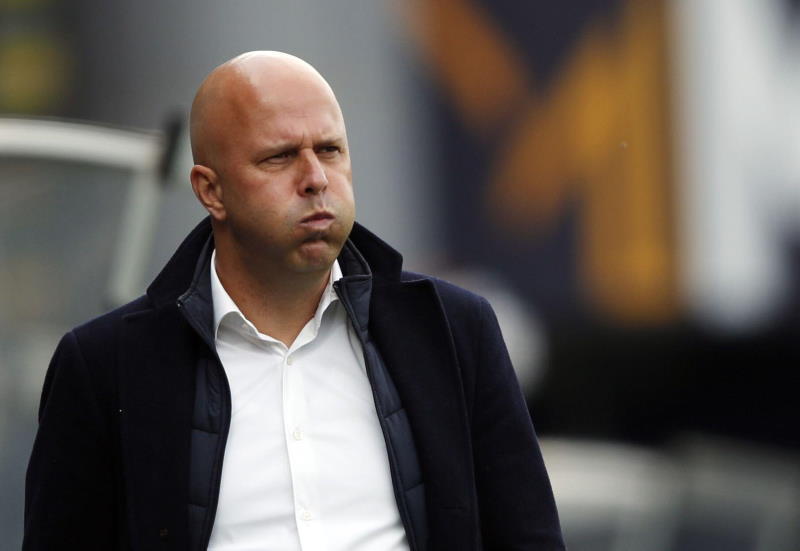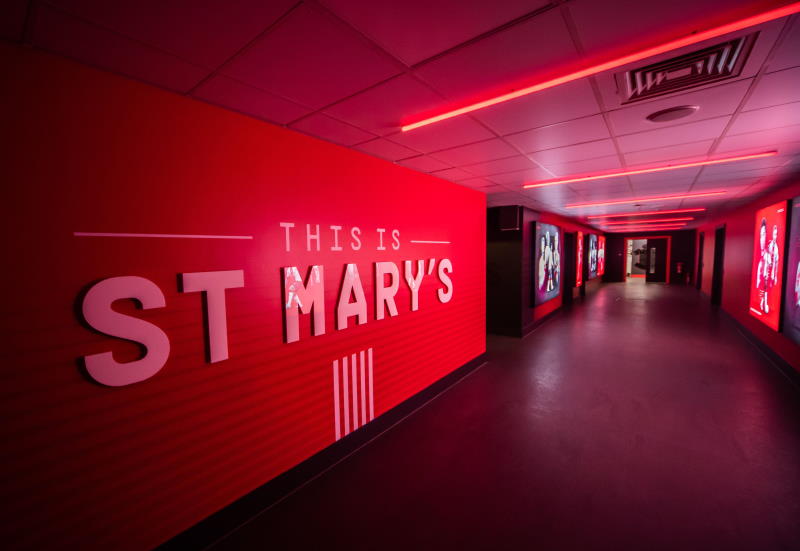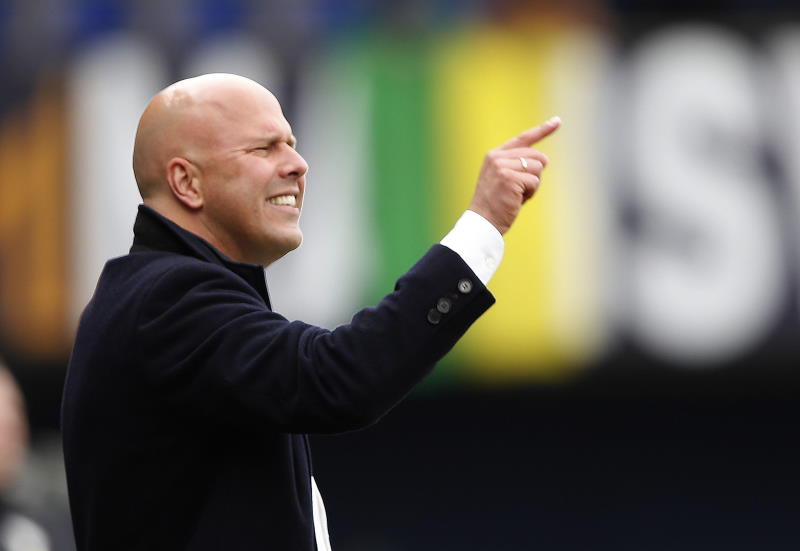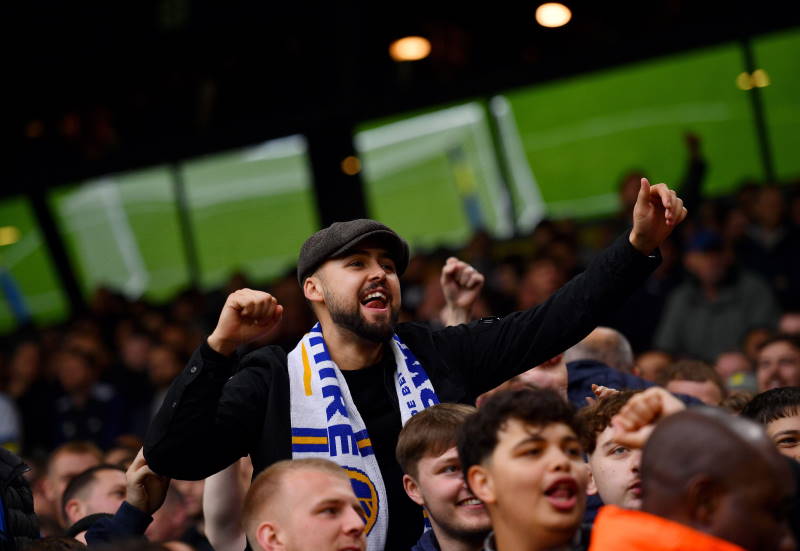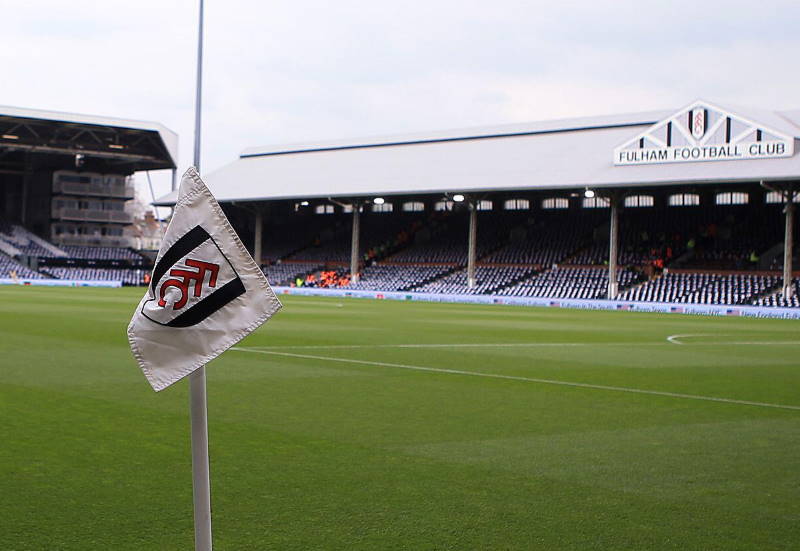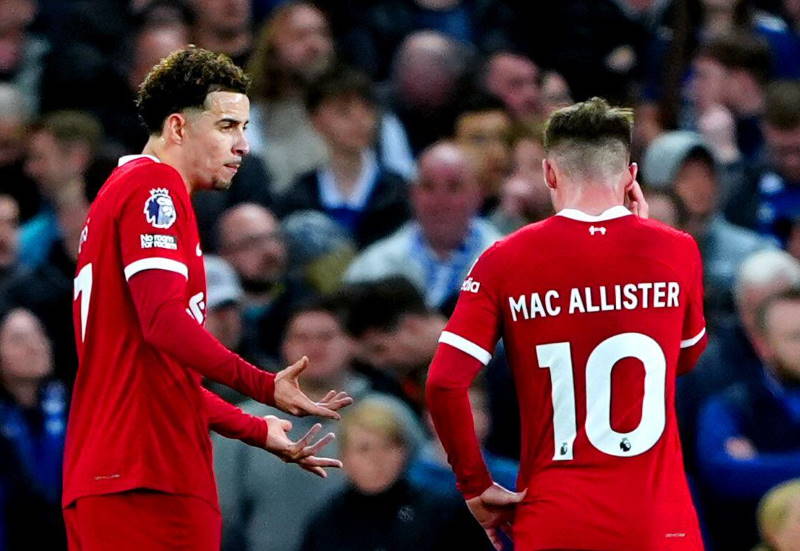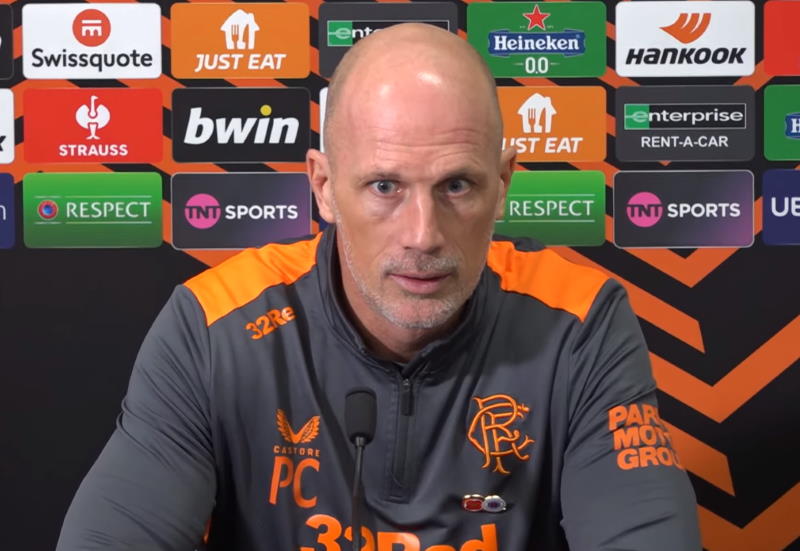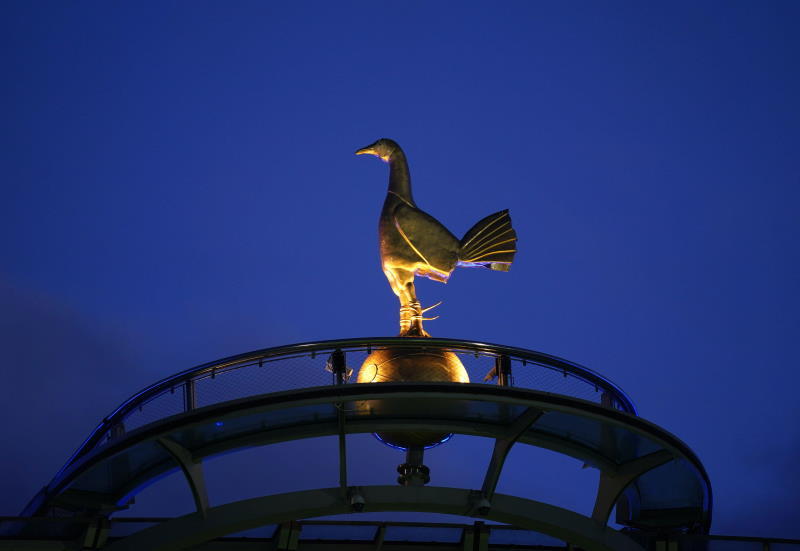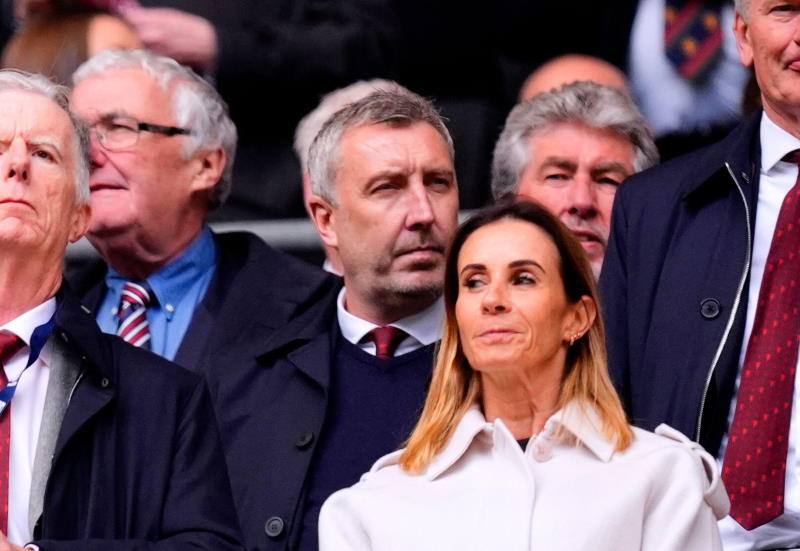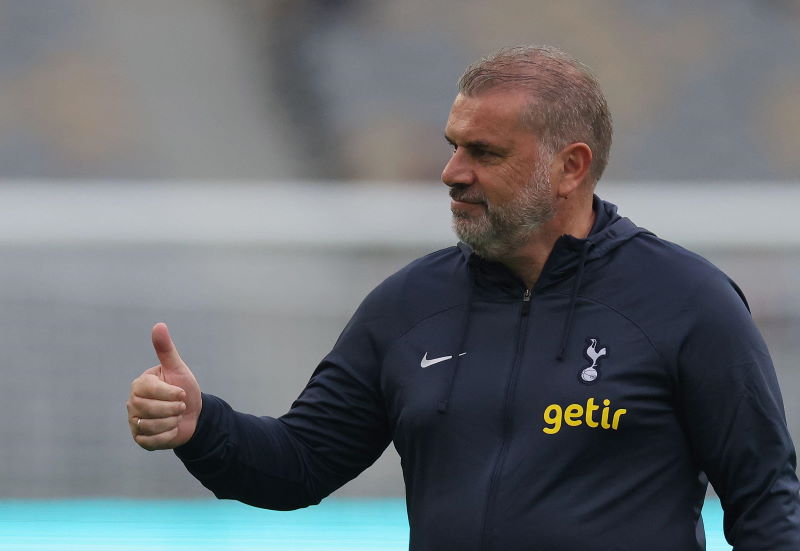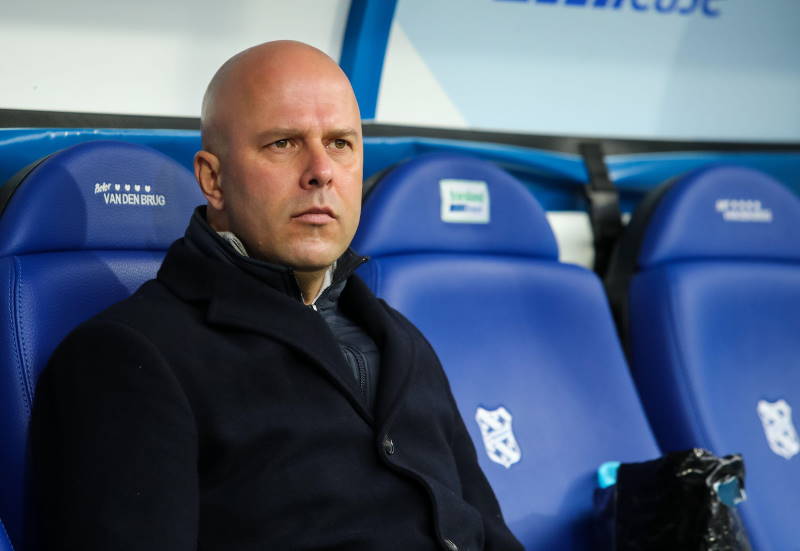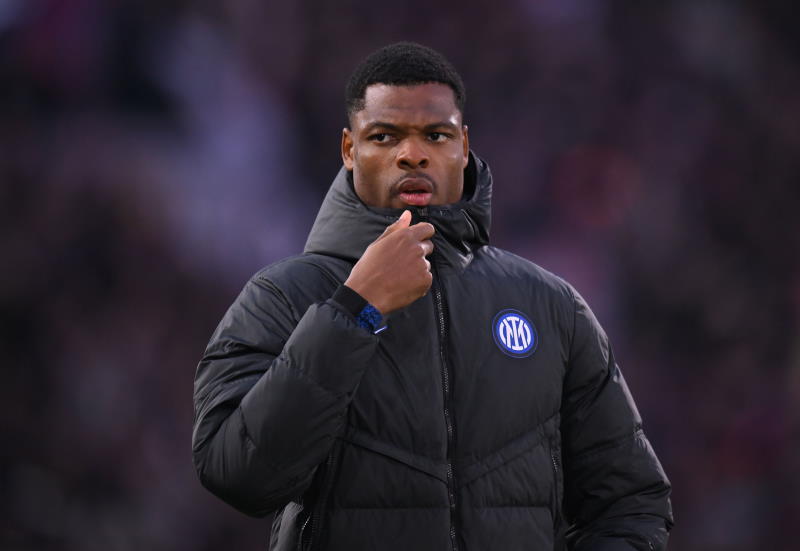
In four games between the Champions League contenders in the English Premier League this season, 29 goals have been scored. It is a remarkable statistic. Chelsea’s 5-3 loss at home to Arsenal recently not only extended this run of unexpectedly open games between England’s top teams, but also continued the pattern of history-making results.
Just three weeks have passed in the new season before Arsenal experienced their biggest defeat since the nineteenth century at Old Trafford. Then Manchester United conceded six at home for the first time in over 80 years, being crushed 6-1 by Manchester City. Finally, Chelsea leaked five at Stamford Bridge, something the Blues had not done since 1989.
In between times, Tottenham Hotspur were both humbled by Manchester City (5-1) and dished out a beating to Liverpool, as Kenny Dalglish’s men felt the North Londoners’ wrath in a 4-0 loss.
The sight of some of England’s finest sides recoding era-defining defeats is baffling – and these losses are usually associated only with teams in serious decline. And so, the question that has gripped Premier League audiences is ‘why are usually tight, close games turning into goal-filled encounters?’
The main issue is surely tactical. During the Manchester United vs Arsenal clash, the Gunners deployed their customary high line, but on that day the side’s pressing was disjointed and errant, and huge gaps emerged between the defence and midfield as Sir Alex Ferguson’s men used their traditional width to good effect to stretch the play.
Arsenal’s defence are still feeling their way and have been notoriously disorganised; Manchester United simply took advantage with ruthless efficiency. With Arsenal behind, the Gunners kept trying to get back into the game, but this only exposed an inexperienced defence further, giving Manchester United’s forwards plenty of space in which to fire home what were some superbly executed goals. But without that space, it is doubtful eight would have been picked out of the net by Wojciech Szczesny.
What was less noted during that game was that it was the first time Arsenal had scored twice at Old Trafford in the league for more than 20 years. And then in October, Manchester United were crushed 6-1 at home by Manchester City. The Red Devils had this result coming to some extent, given the number of chances they had conceded to opponents during the season until that point.
Last year Ferguson’s men got away with what were risky tactics. Playing a 4-4-2 has increasingly invited the opposition to dominate possession, given that most teams in the league play three men in midfield, and though last year Manchester United had a watertight defence which enabled them to absorb endless pressure before striking on the counter with quick wingers, this year it has not been quite so simple.
With veteran defender Rio Ferdinand increasingly peripheral, as is tough-tackling Serbian Nemanja Vidic, the former has been exposed when playing with another partner, as he was with Jonny Evans against Roberto Mancini’s men. Also last year, Edwin van der Saar was usually a reliable final line of defence, but his successor David de Gea has been less watertight and does not radiate confidence.
Against Manchester City, the English champions deployed two in midfield and the consequences were predictable. The Citizens dominated the middle of the park and wave after wave of attack overwhelmed an exposed home defence.
The Red Devils’ problem was that where last year they could afford to invite the opposition on to them in a cantenaccio style before counter attacking, this year they cannot. Manchester City took advantage without mercy.
But then Manchester United continued to attack, even when behind, and this gung-ho mentality proved costly with ultimately a humbling to forget. Just as Arsenal at Old Trafford, Ferguson’s side had come up against a superior opponent and having seen Plan A fail, continued to use the same tactic to get back into the game. Naturally it left bigger gaps for the opposition to exploit.
The game was similar in many ways to Manchester City’s thrashing of Tottenham Hotspur (5-1) in August, achieved against a team whose midfield was decimated, in particular their defensive-minded members. Spurs that day had no chance after conceding the first goal, and were unable to defend adequately.
Chelsea vs Arsenal at Stamford Bridge was a slightly different affair. Unlike the previous two games, this was a fairly even encounter. The difference lay in the fact that Arsenal were better at taking advantage of Chelsea’s defensive errors, than visa-versa. Arsenal could have been 3-0 down within five minutes, but then having survived that onslaught, could have been 2-0 ahead before Frank Lampard finally opened the scoring for the Blues.
Arsenal though were able to take advantage of Chelsea’s high line. Theo Walcott, often criticised, usually plays best against teams with an attacking intent as it suits his lightening pace; playing against deep defences often catches the 22-year-old in two minds about what to do with the ball. Walcott was lethal against Chelsea, as was Gervinho on the other flank, and the pair combined to stretch the Blues and create space for Robin van Persie in central areas by dragging defenders with them.
Though Chelsea went back in front before half time, there was one feature to all Arsenal’s first four goals which would not have happened under previous managerial incumbents at Stamford Bridge: The space between the last defender and the goalkeeper played into Arsenal’s hands.
Under Jose Mourinho, it would have been inconceivable that Gervinho would have had enough space to control the ball and square it for Van Persie for the first goal, or that Andre Santos could be free of the last defender, but still not inside the penalty area for the second. The third was the same story with Walcott, whilst for the fourth goal, the old Chelsea would have had such a narrow gap between the defence and their goalkeeper that Petr Cech would have cleared the ball before Van Persie could latch on to it.
It was the epitome of the Premier League season so far: High defensive lines, wild attacking and a gung- ho attitude when behind. This has made for some thrilling and unpredictable scorelines, and is a consequence of managers who have ultimate faith in their forwards to make up for the weaknesses of their defences.
And in many ways this trend could be a result of the very top teams trying to keep pace with Spanish giants Barcelona.
Manchester City manager Roberto Mancini appears to have decided that being tough to beat is not enough and has a fluid front three a la the Catalans; a tactic causing havoc for the Citizens’ Premier League opponents.
Arsenal have always looked to emulate Barcelona’s possession-based style of play, while Sir Alex Ferguson at Manchester United was chastened by a second humbling in three years in the Champions League final by Josep Guardiola’s side.
For Chelsea, billionaire owner Roman Abramovich nurses a long-held ambition to see the Blues play exciting attacking football, similar to Barcelona; and in Andre Villas-Boas has a willing tool.
Liverpool have Kenny Dalglish back at the helm, with the Scot seeking to wind back the clock to the glory days of the 1970s and 1980s, where the red machine played a positive, enterprising game.
And at White Hart Lane, the idea that Harry Redknapp’s side might adopt a cautious approach is utterly implausible and not in keeping with the former Portsmouth manager’s philosophy.
All this adds up to an English Premier League with the leading teams committed to emulating the Barcelona style. Except none can do it as well as the Catalans; and long may that continue, if the result is the enthralling games fans have been served on a regular basis this season.

